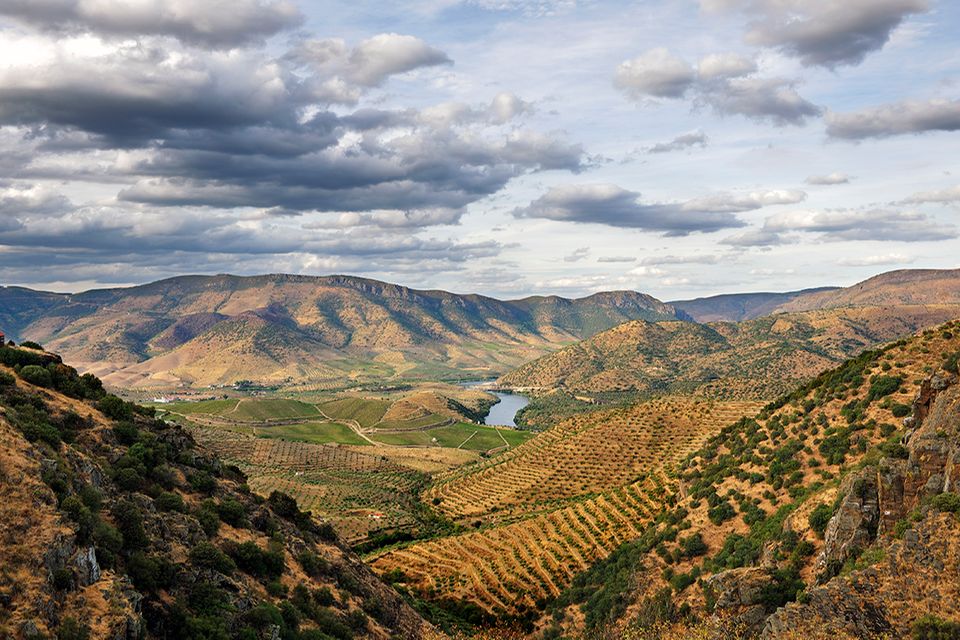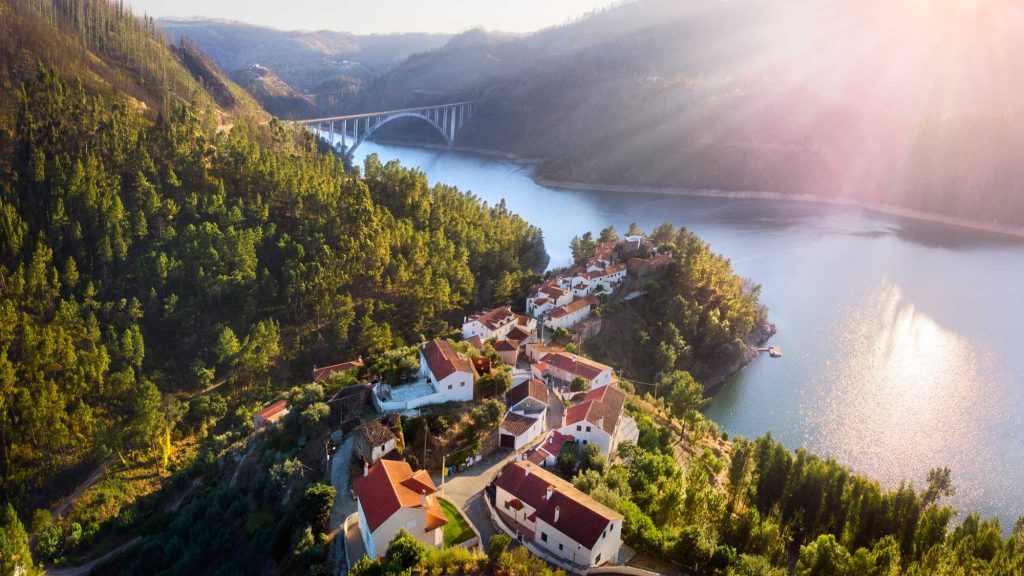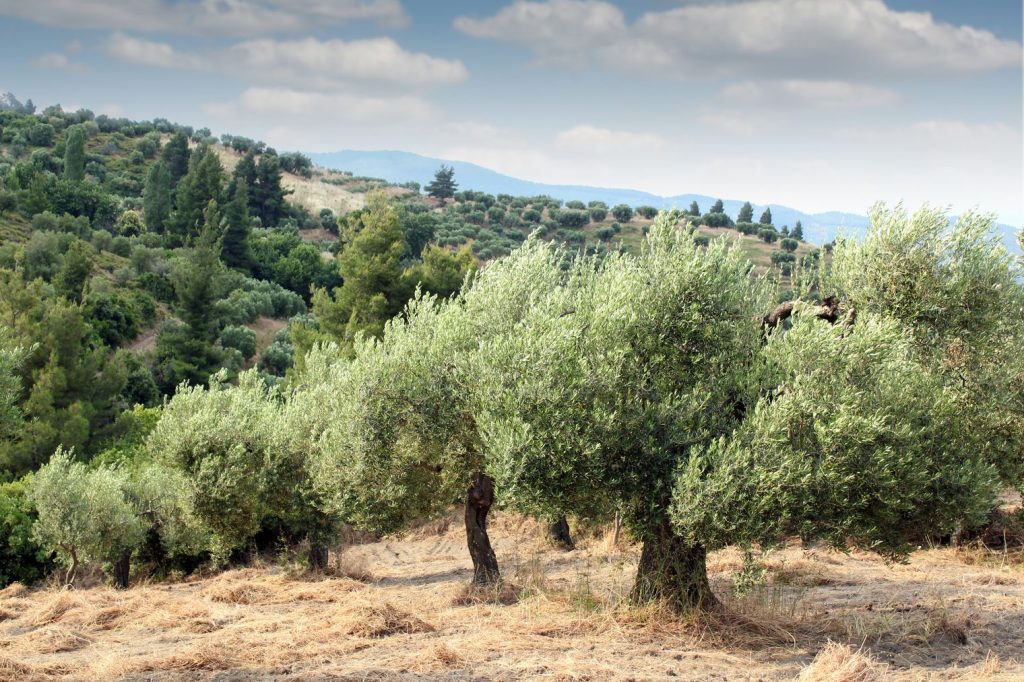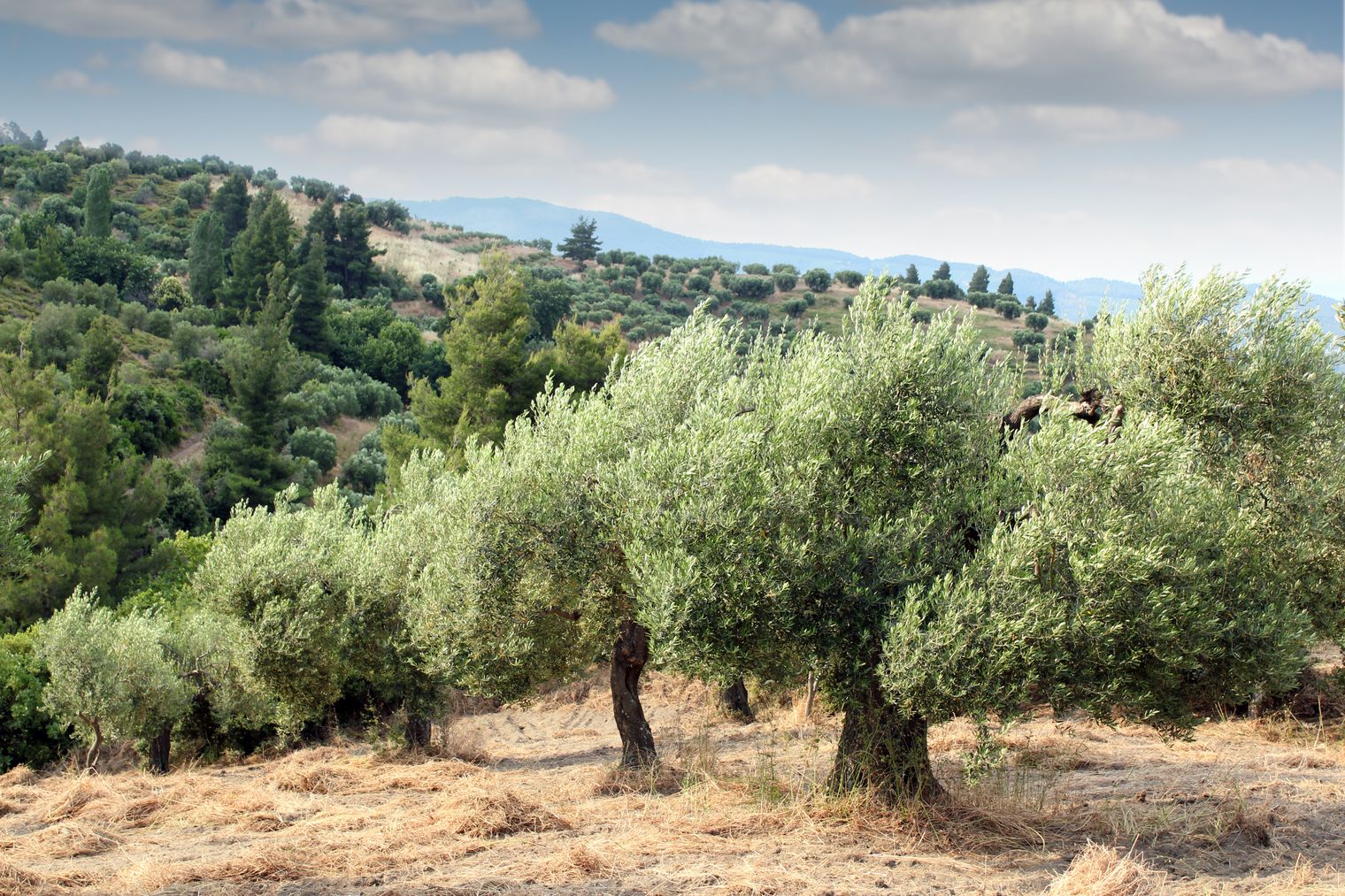Portugal is renowned for producing high-quality olive oil, blending traditional methods with modern techniques to preserve the purity and richness of the final product. The process of making Portuguese olive oil begins with the careful selection and harvesting of olives, primarily from regions such as Alentejo and Trás-os-Montes, where the Mediterranean climate and fertile soils create optimal growing conditions.
Harvesting and Processing
The olive harvest takes place between October and January. Farmers use both traditional hand-picking methods and modern mechanical harvesting techniques to ensure that only the best olives are collected. Once harvested, the olives are transported to the mill as quickly as possible to prevent oxidation, which can affect the oil’s quality.
At the mill, the olives are first cleaned to remove leaves, twigs, and debris. They are then crushed into a paste using either traditional stone mills or modern stainless-steel grinders. This paste undergoes a process called malaxation, where it is slowly churned to encourage the natural oil droplets to merge.
Extraction and Filtration
Most Portuguese producers use cold extraction techniques, which means the olive paste is pressed without the application of heat to retain the oil’s natural aromas and beneficial properties. The oil is then separated from the olive solids and water using centrifugation. Some traditional mills still use the classic pressing method with mats and hydraulic presses, though this is less common today.
After extraction, the oil may be lightly filtered to remove any remaining solid particles, though some artisanal brands offer unfiltered versions for a more robust flavor profile.
Quality and Varieties
Portugal is home to a wide range of olive varieties, each contributing to unique flavor profiles. The country’s extra virgin olive oils often feature fruity, peppery, and slightly bitter notes, a sign of high-quality oil rich in polyphenols. Some of the most prestigious oils come from producers like Herdade do Esporão, Casa de Santo Amaro, and Romeu, which emphasize organic and sustainable farming methods.
Bottling and Storage
Once the oil is extracted, it is stored in stainless steel tanks under controlled temperatures to maintain its freshness. Portuguese olive oil is typically bottled in dark glass or tin containers to protect it from light exposure, which can cause degradation.
Portugal’s olive oil industry continues to grow, with producers focusing on sustainability, organic cultivation, and innovation while preserving the rich heritage of traditional olive oil-making. Whether used for cooking, dipping, or finishing dishes, Portuguese olive oil remains one of the finest expressions of the country’s agricultural excellence.
Key Olive Oil Regions in Portugal
1. Alentejo – The Heart of Portuguese Olive Oil
Alentejo is the largest olive-growing region in Portugal, accounting for around 75% of the country’s olive oil production. The warm, dry climate and rolling hills create ideal conditions for olive cultivation. Olive oils from Alentejo are typically smooth, balanced, and slightly sweet, with fruity notes and a mild peppery finish.
- PDO: Azeites do Alentejo Interior
- Typical Olive Varieties: Galega, Cordovil, Cobrançosa
- Notable Producers: Herdade do Esporão, Monte da Ravasqueira, SOVENA

2. Trás-os-Montes – The Land of Artisanal Olive Oils
Located in the northeast of Portugal, Trás-os-Montes has a more rugged terrain with a cooler climate and higher altitudes. This results in olive oils that are more intense, aromatic, and slightly spicy, often with herbal and nutty notes. Many producers in this region focus on organic and small-batch production.
- PDO: Azeite de Trás-os-Montes
- Typical Olive Varieties: Madural, Verdeal, Cobrançosa
- Notable Producers: Romeu, Casa de Santo Amaro
3. Beira Interior – Elegant and Delicate Flavors
The Beira Interior region, located in central Portugal, has a mix of Mediterranean and Atlantic influences, which contribute to olive oils with light, fruity, and delicate flavors. The oils from this region are well-balanced and often less bitter than those from Trás-os-Montes.
- PDO: Azeite da Beira Interior
- Typical Olive Varieties: Galega, Bical, Cordovil
- Notable Producers: Casa de São Miguel
4. Ribatejo – A Blend of Tradition and Innovation
Ribatejo, located in central Portugal along the Tagus River, has a long history of olive oil production. The region is known for producing smooth and versatile olive oils, often with hints of apple and almond.
- PDO: Azeite do Ribatejo
- Typical Olive Varieties: Galega, Lentisca, Cobrançosa
- Notable Producers: Oliveira Ramos
5. Moura – Bold and Robust Oils
Moura, in the southeastern part of Alentejo, is another major olive oil-producing region. Its oils are rich, full-bodied, and slightly spicy, making them perfect for strong-flavored dishes.
- PDO: Azeite de Moura
- Typical Olive Varieties: Galega, Cordovil, Verdeal
- Notable Producers: Cooperativa de Moura
6. Norte Alentejano – A Hidden Gem
This lesser-known region, located in the northern part of Alentejo, produces olive oils that are fruity, aromatic, and slightly bitter due to the influence of the cooler climate.
- PDO: Azeite do Norte Alentejano
- Typical Olive Varieties: Galega, Cobrançosa, Cordovil

The Influence of Terroir on Portuguese Olive Oil
Portugal’s diverse landscapes play a crucial role in shaping the character of its olive oils. The warmer southern regions (like Alentejo and Moura) produce smoother, fruitier oils, while the harsher northern regions (like Trás-os-Montes) yield spicier, more robust oils. This variety allows Portuguese olive oil to cater to different culinary preferences, from delicate finishing oils to bold flavors ideal for hearty dishes.
Whether you prefer a mild and buttery oil from Alentejo or a peppery and herbal oil from Trás-os-Montes, Portuguese olive oil offers a remarkable range of flavors that reflect the country’s rich agricultural heritage.
4o




